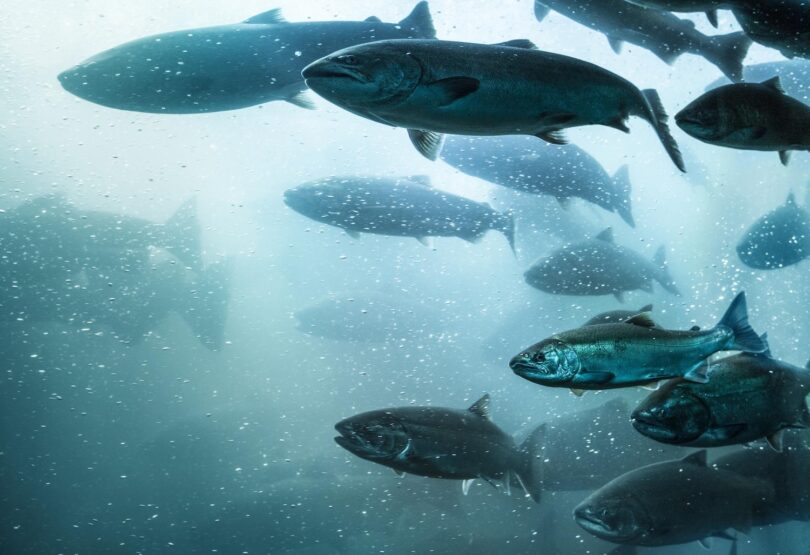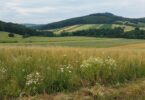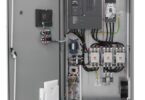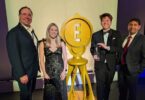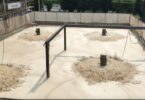A year into their strategic alliance, French water treatment specialist BIO-UV Group and Boston-based aquaculture technology provider Innovasea are reporting concrete gains from a partnership that has fast-tracked commercial expansion and unlocked fresh opportunities across the North American aquaculture sector.
Since formalising their collaboration, the two companies have signed three significant projects and are now poised to deepen their presence in a market where water quality, sustainability, and system efficiency are paramount.
The partnership has enabled BIO-UV Group’s water treatment and disinfection systems to be rapidly deployed across the continent through Innovasea’s established footprint and technical expertise in recirculating aquaculture systems (RAS). However, by tailoring BIO-UV’s ultraviolet treatment technologies to regional regulatory frameworks and environmental standards, the companies have delivered bespoke solutions for high-performance fish farming operations.
Three new contracts – each involving the integration of BIO-UV systems into cutting-edge aquaculture facilities – underline the success of the collaboration to date.
Among the early adopters are Santomar, a regenerative aquaculture pioneer based in La Paz, Baja California Sur, Mexico; a key state-operated freshwater hatchery in the United States; and Blue Ocean Mariculture, a sustainable offshore finfish producer in Hawaii. Each project has presented unique technical demands, which BIO-UV and Innovasea have met through close coordination and engineering flexibility.
Santomar, known for its commitment to sustainability and the cultivation of marine species such as totoaba and red snapper, has adopted BIO-UV systems to disinfect water destined for its larval hatcheries. The installation ensures pathogen-free conditions without harming the live feed organisms essential to early-stage fish health – a balance crucial to Santomar’s regenerative model.
At a US state hatchery specialising in cool water freshwater species, the transition to RAS technology required robust disinfection that could withstand cold-season variations in water temperature. BIO-UV’s ultraviolet reactors were selected for their reliability and efficiency, supporting both conservation and stock-repopulation efforts.
Meanwhile, in Kailua-Kona, Hawaii, Blue Ocean Mariculture has implemented a complete recirculating system featuring BIO-UV reactors to protect its Hawaiian kanpachi broodstock from parasites and disease.
The move marks a significant operational shift from flow-through to closed-loop aquaculture and reinforces Blue Ocean’s sustainability credentials. The installation is due to be fully operational this spring.
“The results speak for themselves,” said Simon Marshall, Deputy General Manager of BIO-UV Group. “Our technologies have proved their worth across a variety of aquaculture environments, and our partnership with Innovasea has provided the reach and insight needed to serve this vital and growing sector. These first deployments mark a strategic foothold in North America, and we’re already working on further projects that will extend our impact.”
“Our collaboration with the BIO-UV Group has allowed us to combine our expertise and deliver cutting-edge, innovative water treatment solutions that promote effectiveness, efficiency, and sustainability. We are excited to build on this partnership and continue to explore new opportunities together,” said Marc Turano, Vice President at Innovasea.
Both companies now confirm that additional projects are in the pipeline, with interest growing from both public and private operators looking to meet rising protein demands with responsible aquaculture practices. As new regulatory and environmental pressures reshape the sector, BIO-UV Group and Innovasea are positioning themselves as a preferred partnership for farms seeking to scale operations without compromising on water quality or animal welfare.
Hawaiian kanpachi, the flagship species at Blue Ocean Mariculture, is prized by chefs for its flavour, texture and versatility – an emblem, perhaps, of the culinary and commercial value that high-quality aquaculture can deliver when supported by the right technology.



